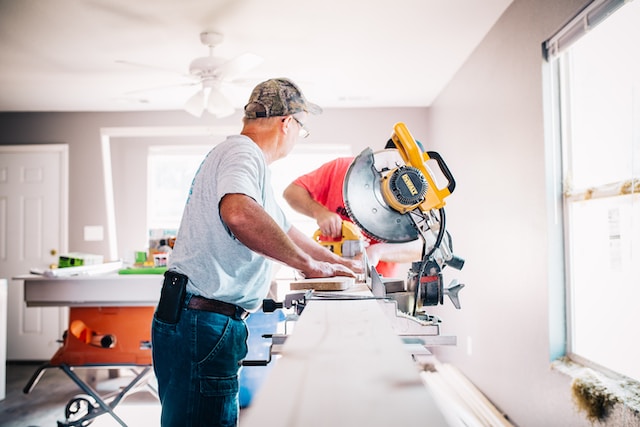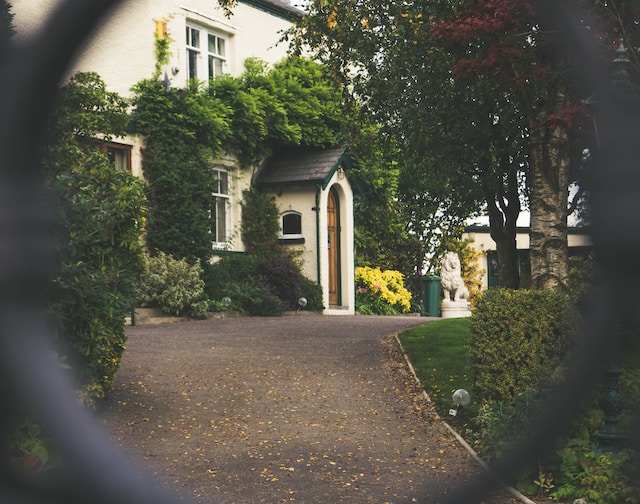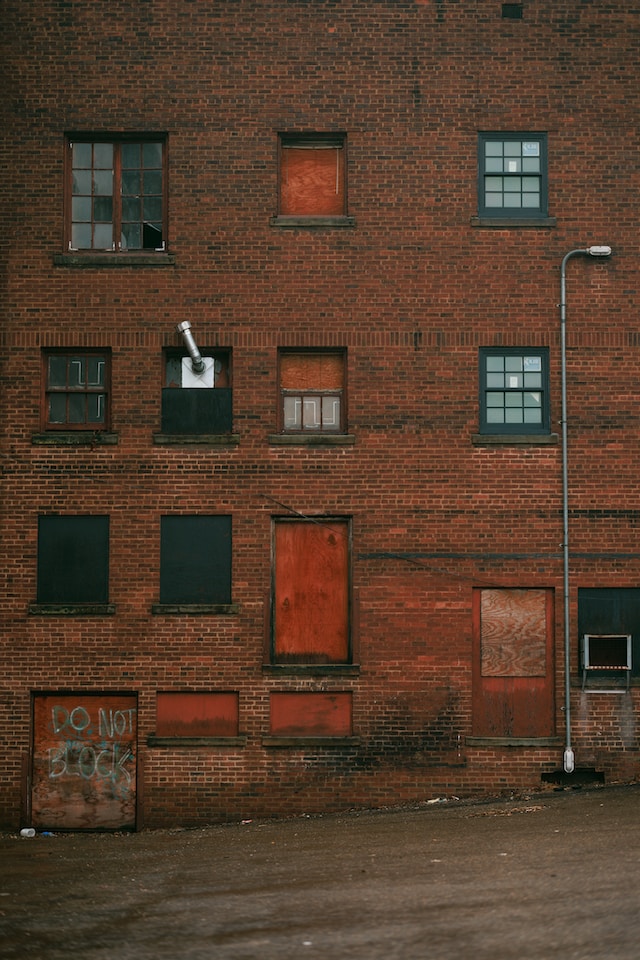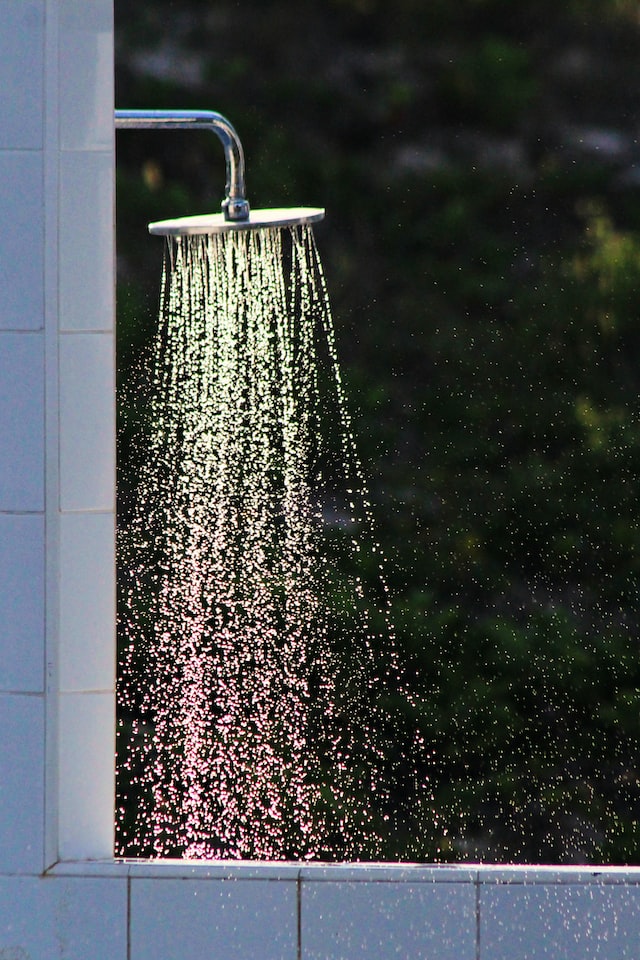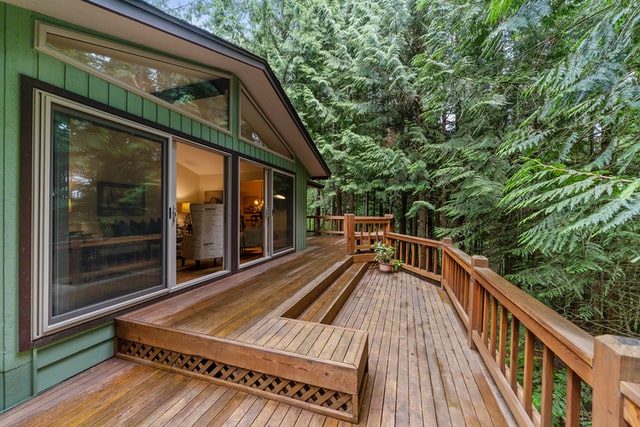Home remodeling is an excellent way to improve your home’s functionality and resale value. However, it’s essential to understand what influences remodeling estimates before you start your project.
The Size of the Project
A project’s size is one of the vital management variables addressed as part of establishing the formal process scope for projects. This helps ensure that practices are applied consistently and that the right amount of attention is paid to different types of projects. As a result, a project’s size directly impacts how remodeling estimates Saint James, NY are created. Larger projects require more time and resources to complete than smaller ones. Therefore, they are typically more expensive than smaller projects. There are several techniques to determine a project’s size, including expert judgment, analogous estimation, and bottom-up estimation. Each of these approaches has advantages and disadvantages. It is essential to understand what each of these methodologies entails so that you can choose the best one for your team’s needs.
The Structure of the Home
The original architects and builders built your home’s walls, roof, and other structural elements to bear a certain amount of weight and pressure. Adding a second floor, removing a wall, or building an addition can strain the home, especially if it is not designed to handle this stress. Replacing a roof or fixing a sagging foundation can be expensive, but they will also improve your home’s value and reduce future problems that can be even more costly. These projects usually have the highest payback ratios and can generate a substantial ROI when you decide to sell your home. Keep receipts for any work done on your home and any furnishings you purchased to upgrade a room so you can claim them on your homeowner’s insurance.
The Location of the Home
It’s the adage everyone knows but not everybody follows: “Location, location, location.” The location of your home affects everything that happens outside of it, from commute time to proximity to amenities. It can also impact the future value of your home. A home in a desirable neighborhood tends to appreciate faster than one in an undesirable area. Investing in a remodel can help you get the most out of your home when it comes time to sell. But if you’re going to remodel, choose the right location for your home. Otherwise, your renovation might not pay off in the long run. It’s also important to consider how far away from your home you want to be from neighbors and commercial areas.
The Contractor’s Experience
Many general contractors gain their experience by working on a variety of different project types. This experience helps them understand what can go wrong and how to avoid potential challenges that may impact the timeline or cost of your remodel. Moreover, it helps them learn from each project, which can help them improve efficiency and reduce rework rates on future projects. This is why choosing a contractor with extensive remodeling experience is essential. When shopping for a general contractor, interview several candidates and request quotes. This will allow you to determine the level of service each provides and whether or not they are competitive with pricing. Then, you can select the best contractor for your needs.

